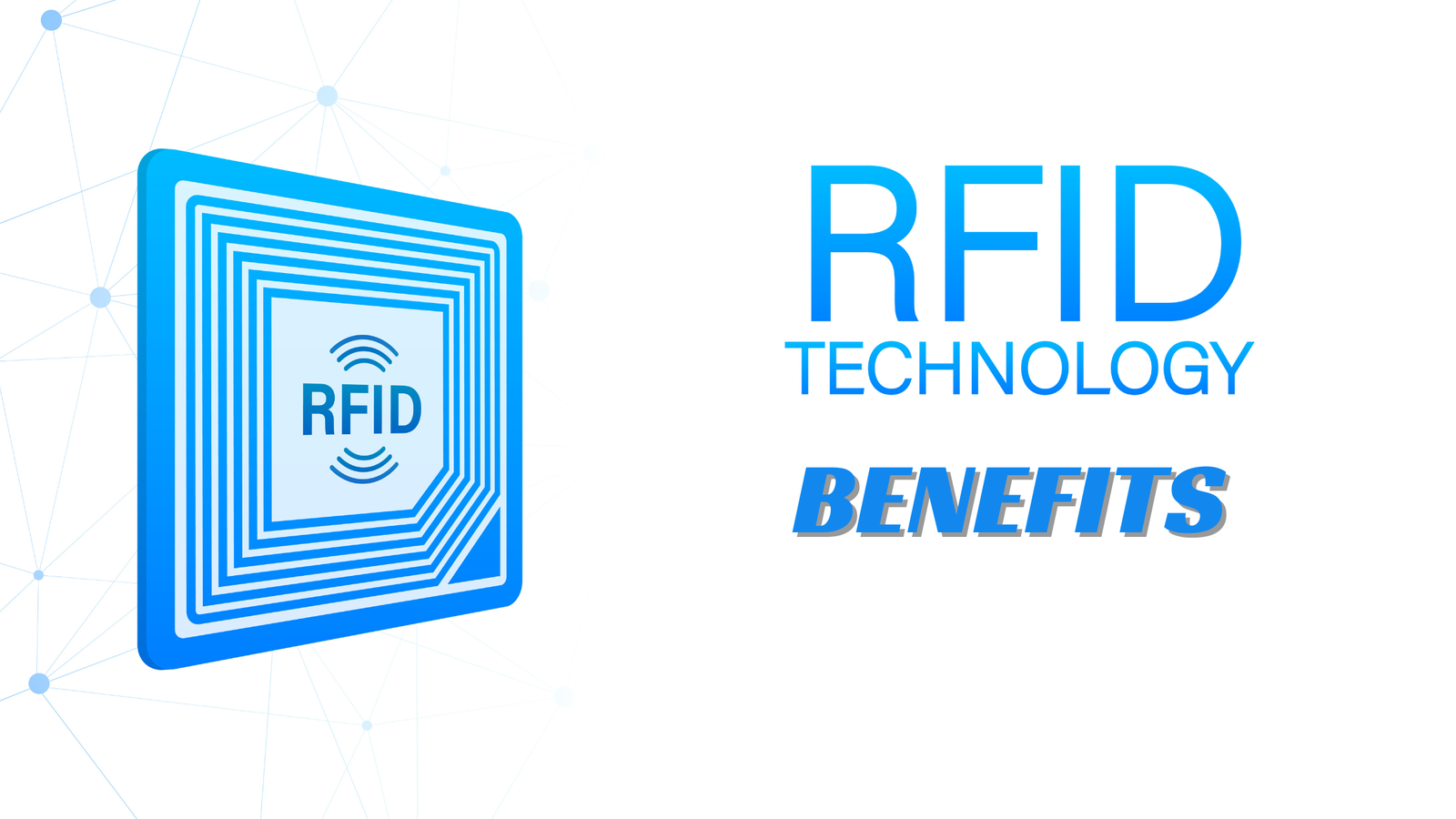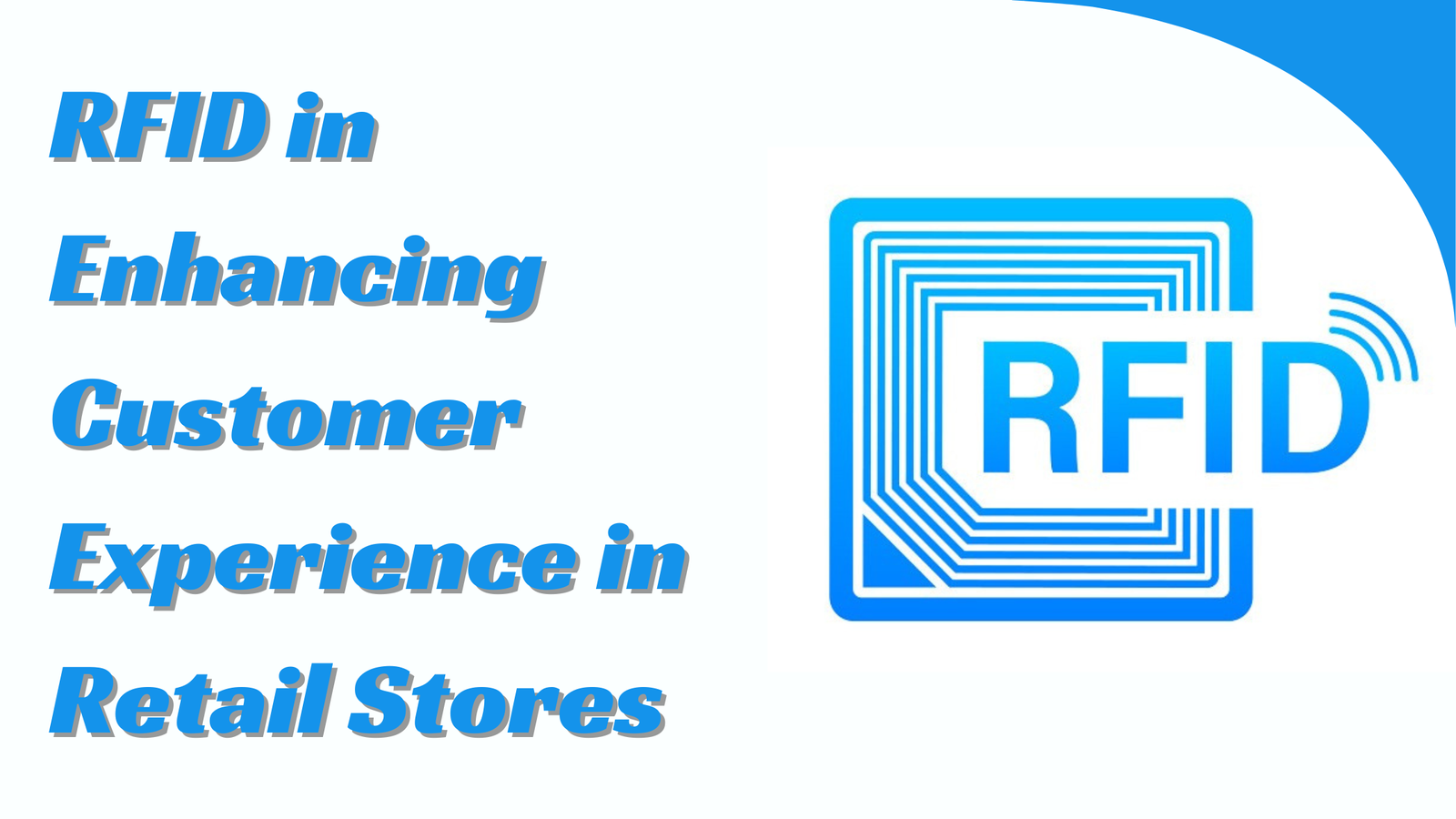The Role of RFID in Enhancing Customer Experience in Retail Stores
Retailers are increasingly using technology to set themselves apart and provide seamless shopping experiences at a time when consumer experience is crucial. Radio Frequency Identification (RFID) is one such example. RFID was first applied to supply chain efficiency and inventory management, but it is changing the retail scene by improving the consumer experience. This blog explores how RFID technology revolutionizes retail stores and provides customers with a more personalized, efficient, and engaging shopping journey.
What is RFID Technology
RFID uses electromagnetic fields to identify and track tags attached to objects automatically. Unlike traditional barcodes, these tags contain electronically stored information that can be read several meters away without requiring line-of-sight. RFID systems typically include RFID tags, readers, and data processing systems. This technology allows for real-time data collection and analysis, enabling retailers to track inventory, manage assets, and, most importantly, enhance the customer experience.
Benefits of RFID Technology

Streamlined Checkout Process
One of the most noticeable benefits of RFID in retail is the potential to streamline the checkout process. Traditional checkouts often involve scanning each item individually, leading to long lines and wait times, especially during peak hours. RFID technology allows for a more efficient system where all items in a shopping cart can be scanned simultaneously. This speeds up the checkout process, reduces human error, and increases billing accuracy. This means shorter wait times and a smoother, hassle-free customer shopping experience.
Real-Time Inventory Management
Accurate inventory management is crucial for both retailers and customers. For retailers, it ensures that they can meet customer demand without overstocking or understocking products. For customers, it means finding the products they want when they want them. RFID technology provides real-time inventory tracking, allowing retailers to monitor stock levels continuously. This enables quick restocking of popular items and accurate information about product availability, both online and in-store. Customers can check product availability on the retailer’s app or website, ensuring their desired items are in stock before visiting the store.
Enhanced Product Information and Personalization
In today’s retail environment, customers expect detailed product information at their fingertips. RFID tags can store comprehensive information about a product, including its origin, material, care instructions, and more. In a store equipped with RFID technology, customers can use mobile apps or interactive kiosks to scan RFID-enabled products and access this information instantly. This transparency builds trust and helps customers make informed purchasing decisions.
Moreover, RFID can facilitate a more personalized shopping experience. For instance, when customers scan an item, the system can suggest complementary products or inform them about promotions and discounts. Retailers can also use RFID data to analyze shopping patterns and preferences, enabling them to tailor marketing efforts and offers to individual customers. This level of personalization can significantly enhance customer satisfaction and loyalty.
Improved Customer Service and Engagement
RFID technology can enhance customer service by empowering store associates with better tools and information. With RFID, associates can quickly locate products, check stock availability, and provide accurate information to customers. This capability is handy in large stores where finding a specific item can be challenging. Additionally, RFID can enable features like self-service kiosks, where customers can check prices, locate products, and even pay without needing assistance from store staff.
Engagement is another critical aspect of the customer experience. RFID can be integrated with augmented reality (AR) to create interactive shopping experiences. For example, when a customer picks up an RFID-tagged product, an AR display can show related content, such as styling tips, product reviews, or even a virtual try-on. These engaging and immersive experiences can make shopping more enjoyable and memorable for customers.
Enhanced Security and Loss Prevention
Security and loss prevention are significant concerns in retail. RFID technology can help mitigate these issues by providing a robust anti-theft solution. RFID tags can trigger alarms if items are removed from the store without being deactivated at checkout. RFID can also help retailers quickly identify discrepancies between inventory records and actual stock levels, allowing them to address potential theft or loss issues promptly. For customers, enhanced security means a safer shopping environment and increased confidence in the retailer.
Conclusion
RFID technology is transforming the retail landscape by offering numerous benefits that enhance the customer experience. From streamlining the checkout process and providing real-time inventory information to enabling personalized shopping experiences and improving customer service, RFID is helping retailers meet the evolving expectations of today’s consumers. As technology advances, its role in shaping the future of retail will only grow, providing even more innovative ways to engage and delight customers.

















